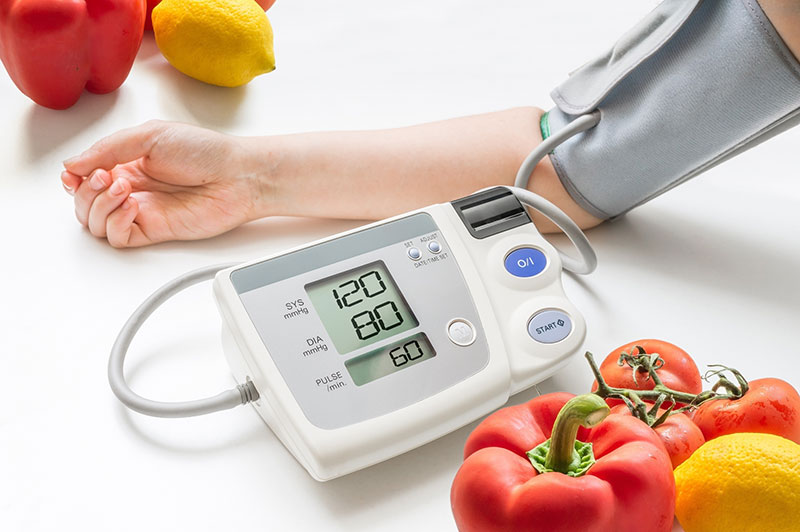The common myth that Cardiovascular (heart) disease mainly afflicts men is being addressed in an ambitious health initiative by Majid Al Futtaim. The annual ‘Feel the Beat’ campaign encourages ladies to put themselves first and take their own health in their hands.
Cardiovascular disease claims more lives than all kinds of cancer combined. Tragically, four out of five of these are avoidable. If survival rates are to improve – and improve they must – it’s vital to address the underlying risk factors, which include a family history of cardiovascular disease, as well as diabetes, obesity, smoking and high cholesterol.
Tips and Insights for a Healthier Heart
Heart attacks and strokes are some of the leading killers among Arab women, yet making simple lifestyle changes could slash the odds of developing these often-fatal conditions. Losing weight, quitting smoking and practicing regular exercise can all reduce risks associated with CVD.
There are many types of cardiovascular diseases: the four most common of which are coronary heart disease, strokes, aortic aneurysms and peripheral arterial disease.
Coronary heart disease occurs when the flow of oxygen-rich blood to the heart muscle is blocked or reduced, putting increased strain on the heart, leading to angina, heart attack and heart failure.
Aortic diseases are a group of conditions affecting the aorta, the largest blood vessel in the body. A common aortic disease is an aortic aneurysm, in which the aorta becomes weakened and bulges outwards.
Peripheral arterial disease occurs when there’s a blockage in the arteries to the limbs – usually the legs.
In strokes, the blood supply to part of the brain is cut off, which can cause brain damage and death. A transient ischemic attack (also called a TIA or ‘mini-stroke’) is similar, but the blood flow to the brain is only disrupted temporarily.
The symptoms of a stroke or TIA can be remembered with the word FAST, which stands for:
Face – the face may have dropped on one side, the person may be unable to smile, or their mouth or eye may have dropped.
Arms – the person may not be able to lift both arms and keep them there because of arm weakness or numbness in one arm.
Speech – their speech may be slurred or garbled, or they may not be able to talk at all.
Time – it’s time to dial 999 immediately if you see any of these signs or symptoms.
Risk factors of CVD
- Aged over 40
- High blood pressure
- Smoking
- High cholesterol
- Diabetes
- Inactivity
- Being overweight or obese
- A family history of CVD

Prevention
- A healthy lifestyle can lower your risk of CVD.
- Quit smoking
- Eat a healthy, balanced diet is recommended for a healthy heart, including low levels of saturated fat and including healthier sources of fat, such as oily fish, nuts, seeds and olive oil.
- Exercise regularly – adults are advised to do moderate aerobic activity throughout the week

